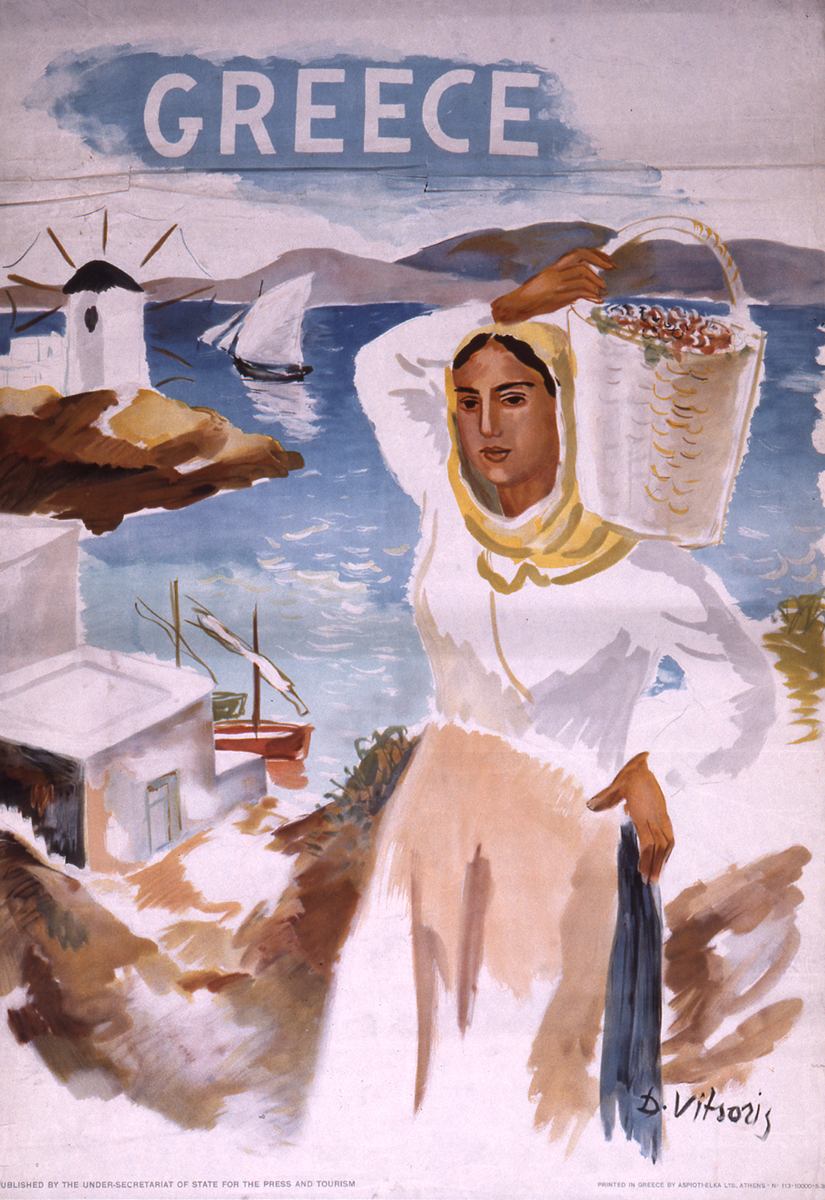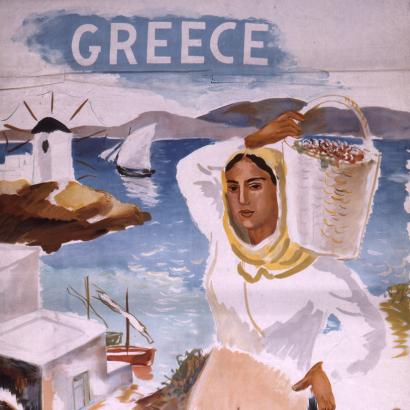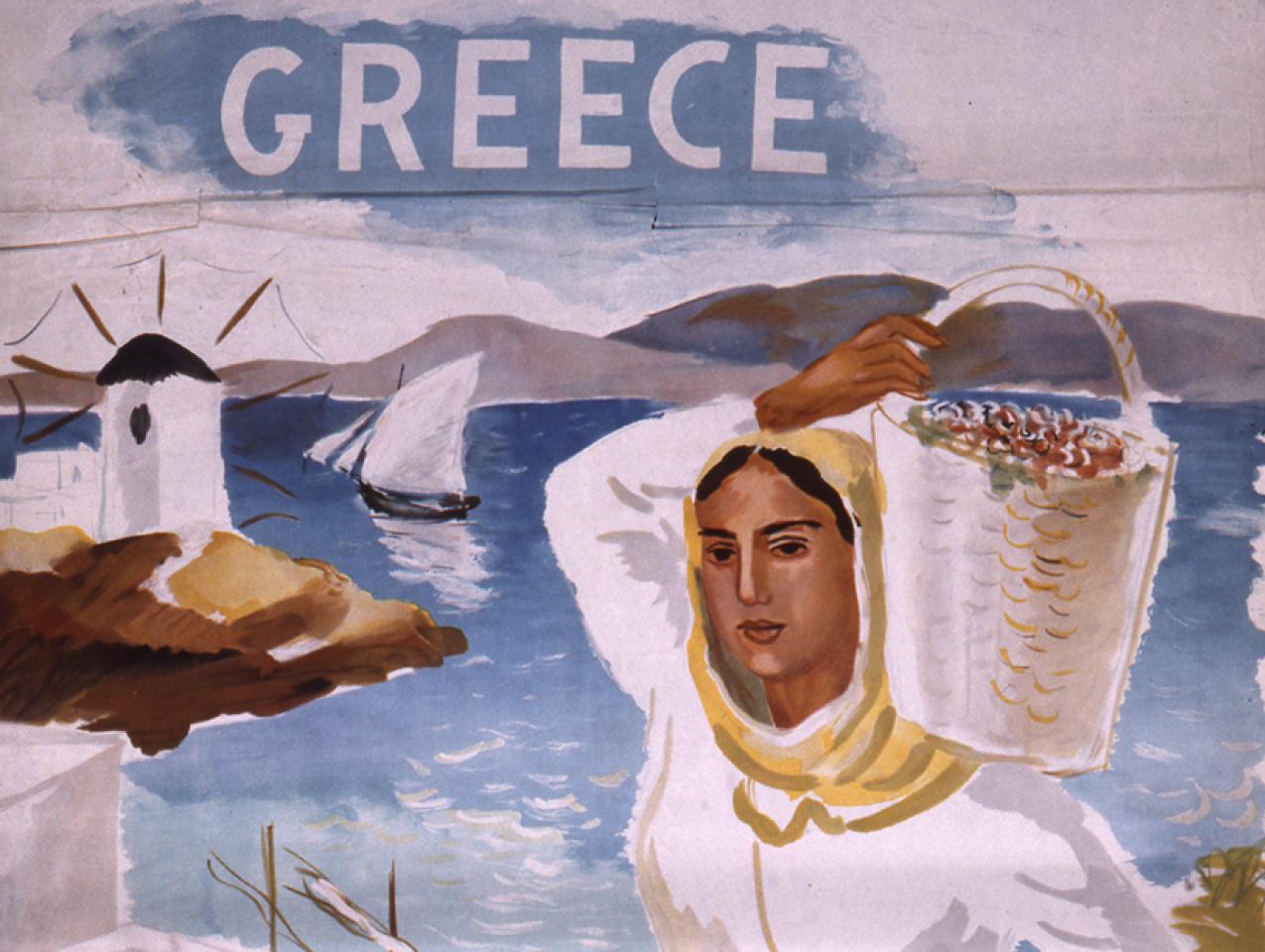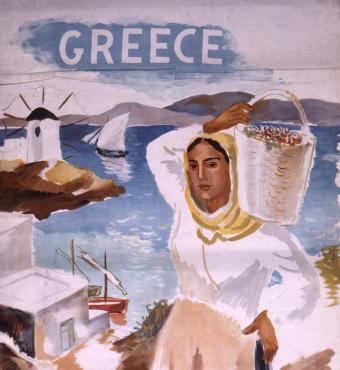There are moments in history when not just armies but opposing political philosophies meet on the battlefield. The last week of August, 480 BC, was one of those rare moments. It was then, at two battle sites about 40 miles apart, that three countries and three societal visions clashed. At Thermopylae, on land, and at Artemisium, on sea, an empire that wielded a massive, mixed-arms military faced two republics, one stalwart in old-fashioned battle prowess, and the other stirred by the spirit of innovation. At stake that August was not merely a war, but the heritage bequeathed to us by the ancient world.
That summer the Persian Empire in all its might invaded Greece. Persia’s goal was to conquer the Greek peninsula and its two leading city-states, Athens and Sparta. Persia held a grudge against Athens for supporting a rebellion against Persian rule. After suppressing the rebellion, Persia attacked Athens, but at Marathon in 490 BC the Athenians crushed the invaders. Sparta offered moral support, although its soldiers arrived too late to take part in the battle. Now, ten years later, Persia returned.
A Spartan-led coalition planned to stop the Persians in central Greece. With its elite soldiers, Sparta had the best infantrymen in the ancient world to date. Athens had a brand-new navy, and it was poised to fight for command of the sea in the eastern Mediterranean. But Persia was both a great land power, with outstanding horsemen and archers, and a great naval power, with a large and experienced fleet.
Persia was the greatest empire the ancient world had ever seen. It covered nearly 3 million square miles and ruled a population of as many 20 million people, equating perhaps to 1/5 of humanity at the time. The empire prided itself on the multiplicity of peoples and cultures under its rule, all joined in obedience to one autocratic king: Xerxes. His name means “ruler of heroes,” which fits the martial values of Persia’s military elite.
Athens and Sparta were both Greek, and very different societies than Persia, but no less warlike. Athens and Sparta were city-states, republics governed by citizen elites, dominating subordinate classes of immigrants and serfs or slaves.
Sparta was a republic of virtue. A small elite of less than 10,000 men devoted themselves to training for and fighting war. The Spartan ideal was arete, which means “virtue,” in particular, warrior prowess. We might translate it as “character.” Boys went through a rigid, age-graded system of education to produce tough and resilient soldiers. Girls were trained to be strong and stoic mothers and wives. Spartan culture emphasized the community. Individualism was frowned on. Freedom, to the extent it existed, meant freedom from: from fear, from passions, from distractions. Older, wealthy men dominated the political system. Sparta tended to be austere, closed-in and narrow-minded, but its soldiers were the best infantrymen in the world.
Athens was a republic of freedom. In contrast to Sparta, the Athenian ideal was techne, from which our word “technology” comes. Athenian culture allowed for individualism. Freedom, along with equality, was a key value. Freedom meant freedom to: the ability to live as you pleased. Athenians were expected to serve their community, but they had great latitude in how to do so. Athens was a democracy, one of the first in history, with a citizenry of about 30,000. It was open, cultivated, commercial, and seagoing. Athens built from scratch a state-of-the-art fleet that challenged Persia’s naval dominance.
At Artemisium, the Athenian navy, led by its cunning commander Themistocles, fought Persia’s ships to a standstill. It was a moral victory for the fledgling Athenian fleet, especially because Persia enjoyed vast numerical superiority. After their success at Artemisium, the Athenians withdrew to fight again another day—as they would, a month later, at the Battle of Salamis. There, off Athens, an Athenian-led Greek fleet defeated the Persians decisively.
Thermopylae had a different outcome. There. an outnumbered Spartan-led army savaged Persia’s land forces, only to be outmaneuvered and crushed in the end. Sparta’s elite force of 300 men fought and died nearly to the last man. Among them was one of Sparta’s two kings, who commanded Sparta’s armies and carried out religious rites but had only limited political power. Leonidas, as the king was named, could have escaped, but chose instead to stay and sacrifice himself. An oracle had predicted that for Greece to prevail against Persia, a Spartan king had to die. Leonidas complied and won glory. More important, his steely character inspired Sparta and all Greece. The following year, a Spartan-led Greek army avenged Leonidas by defeating the Persians at the Battle of Platea and driving the invaders from Greece’s homeland.
It was a victory for republics over empire, but for which kind of republic? And which kind of republican education? Would the future belong to Sparta, with its advocacy of character-driven training for virtue, or to Athens, the champion of technology and innovation? And could either one resist being spoiled by success? Greeks, no less than Persians, could be tempted by empire.
The armies that fought 2,500 years ago, in August 480 BC, raised these questions, but they didn’t answer them. That is up to us.

















